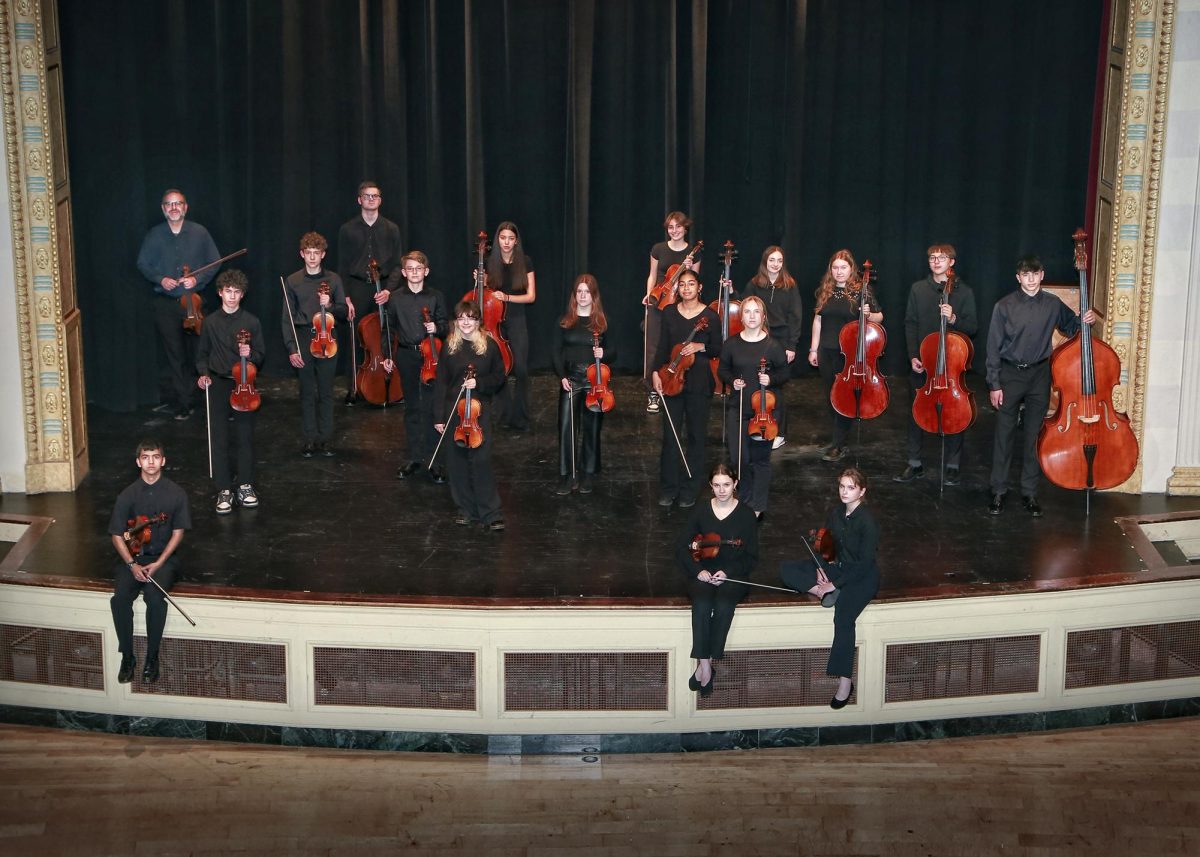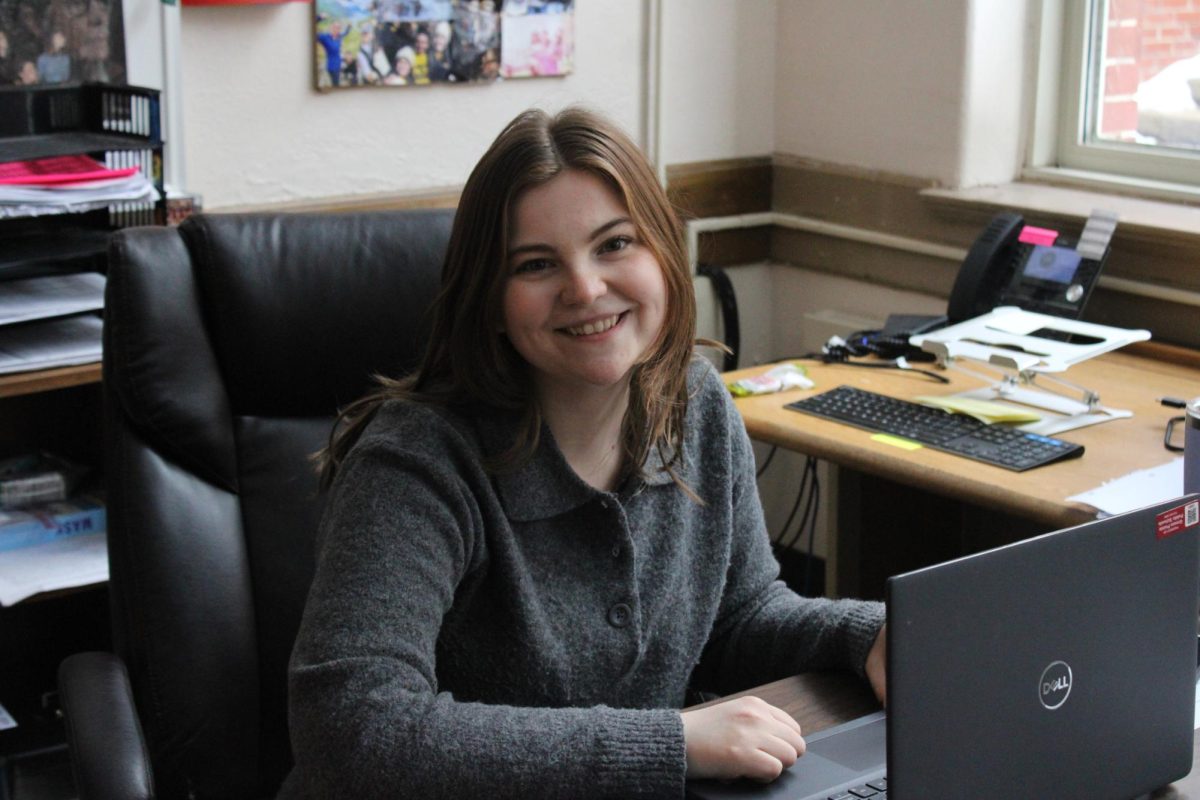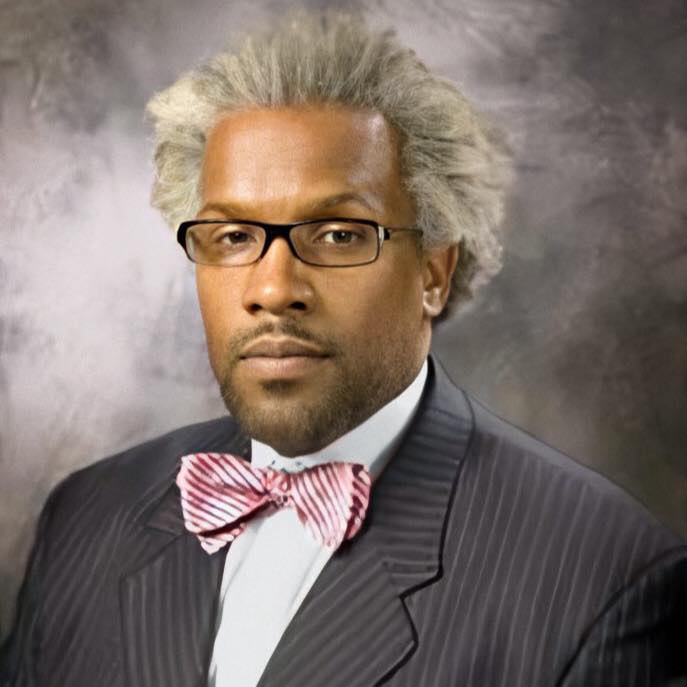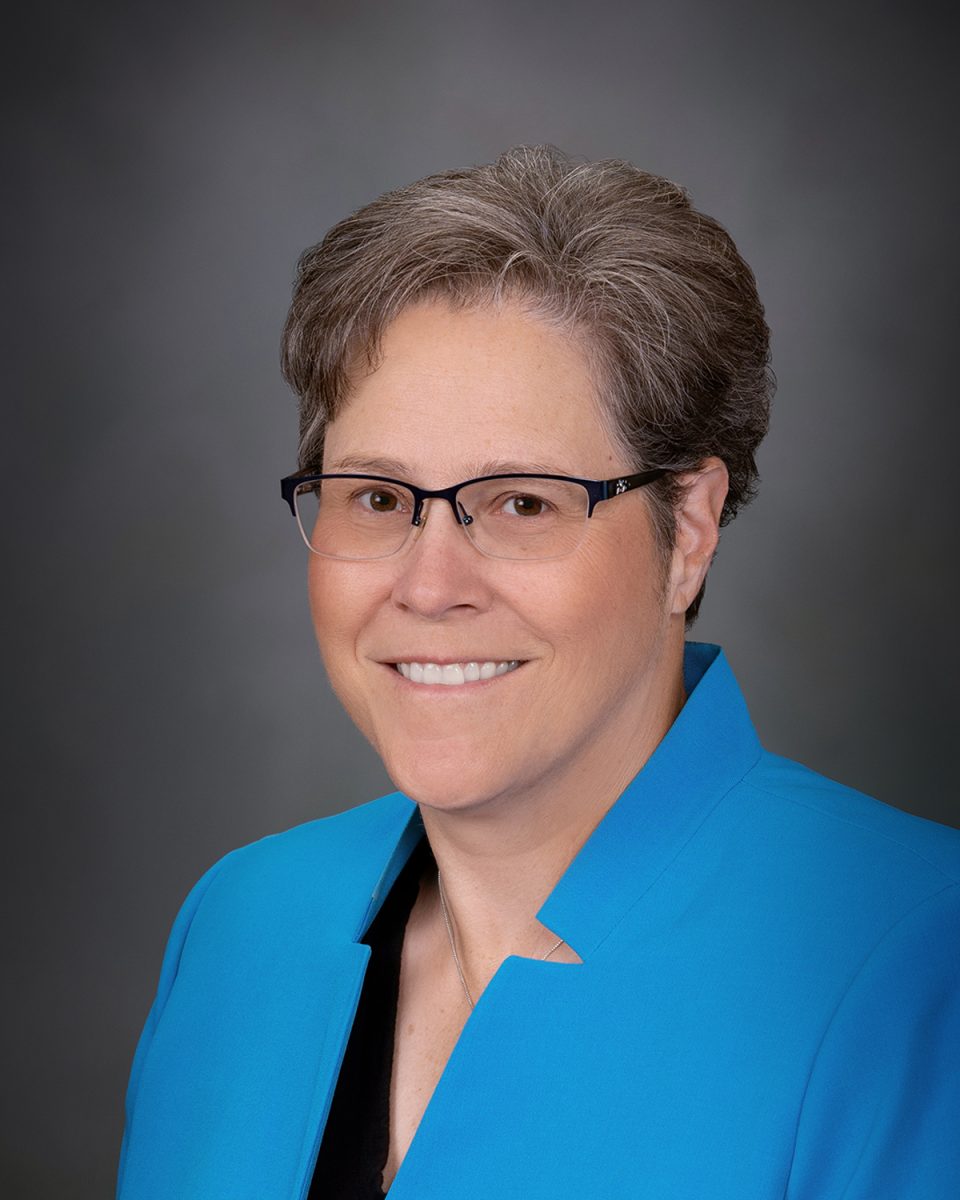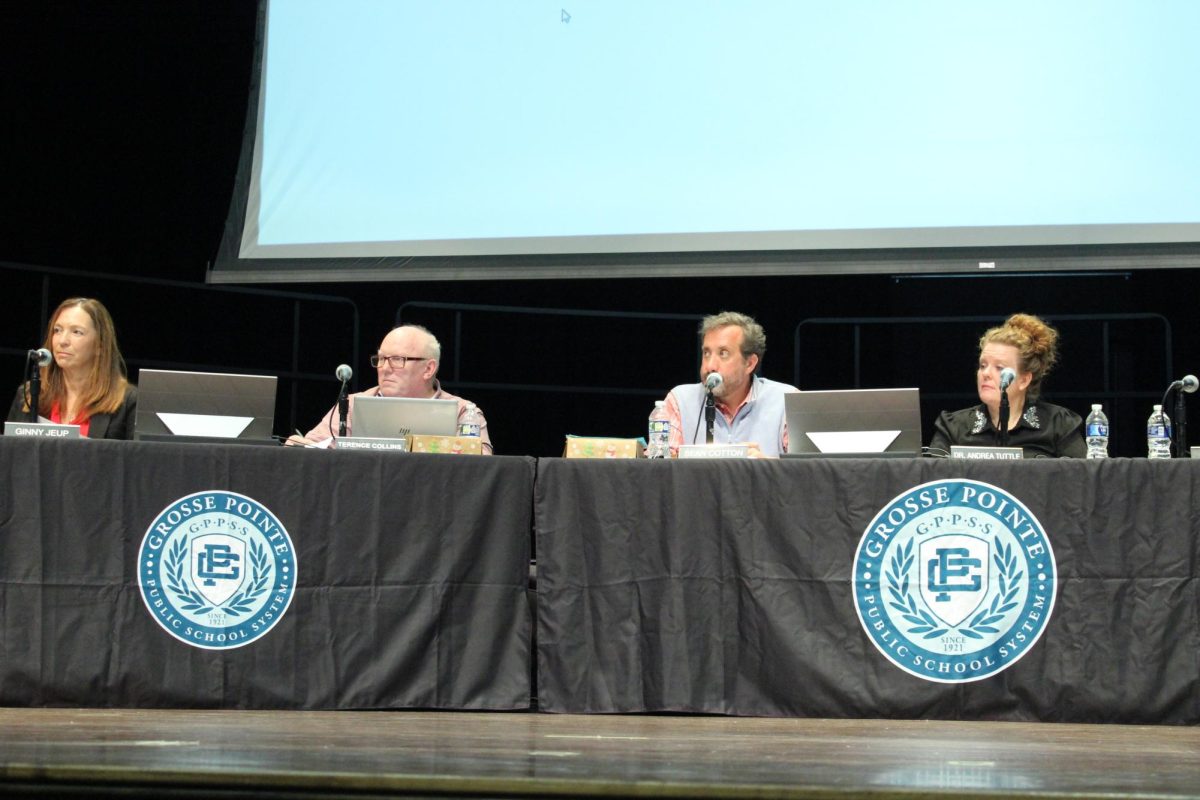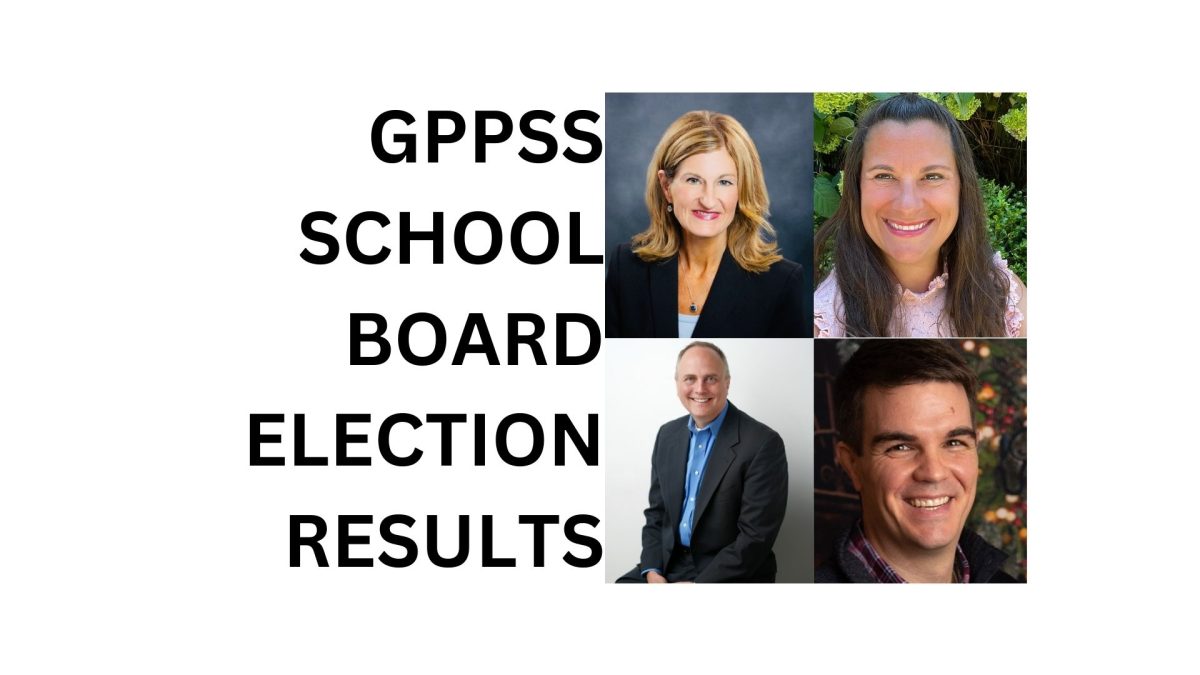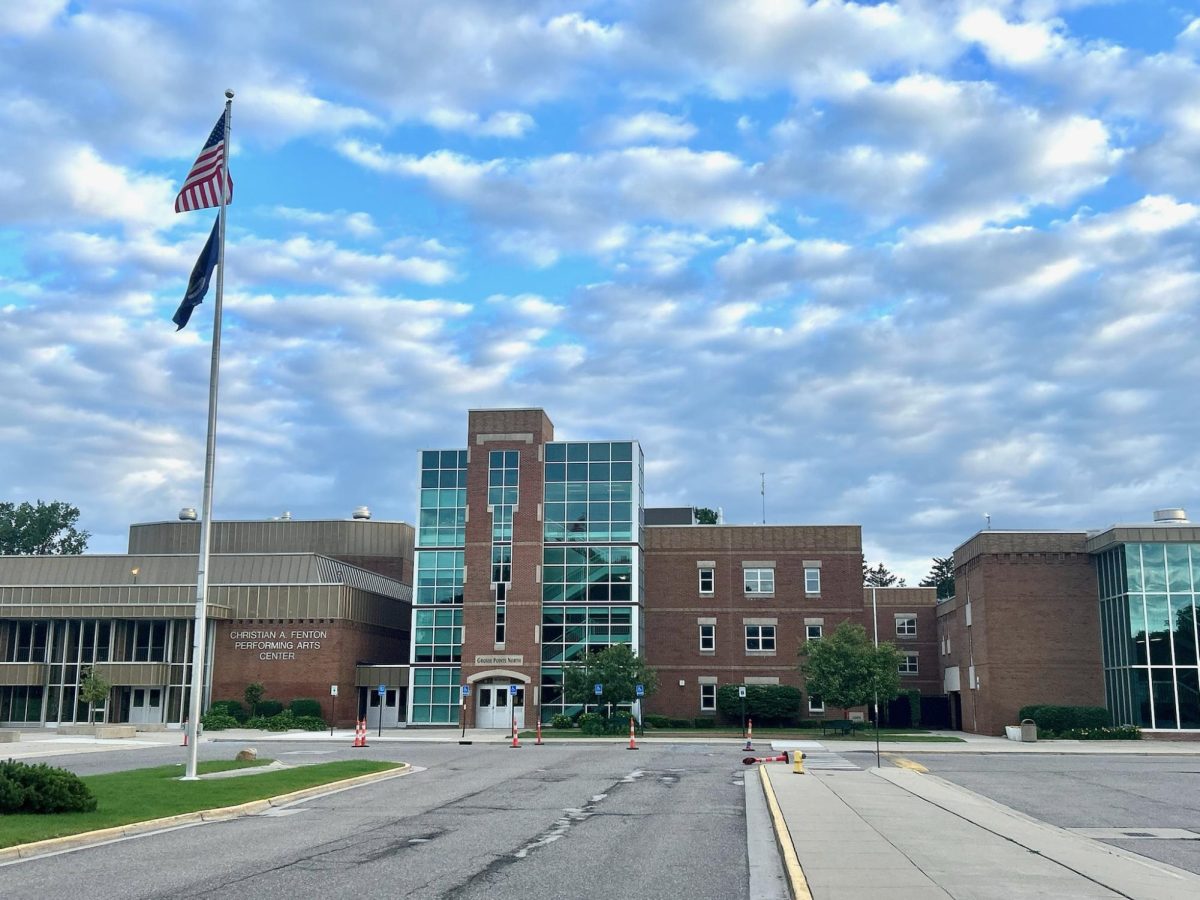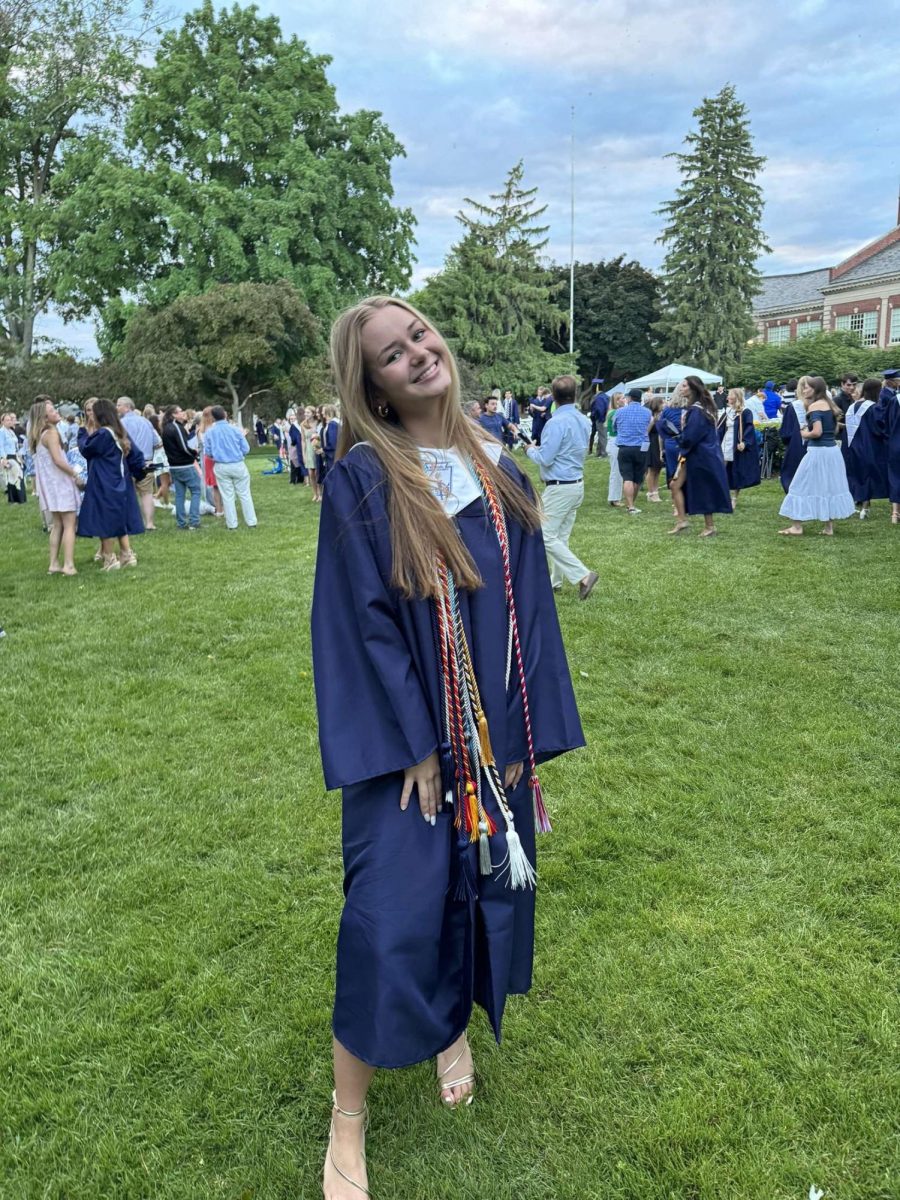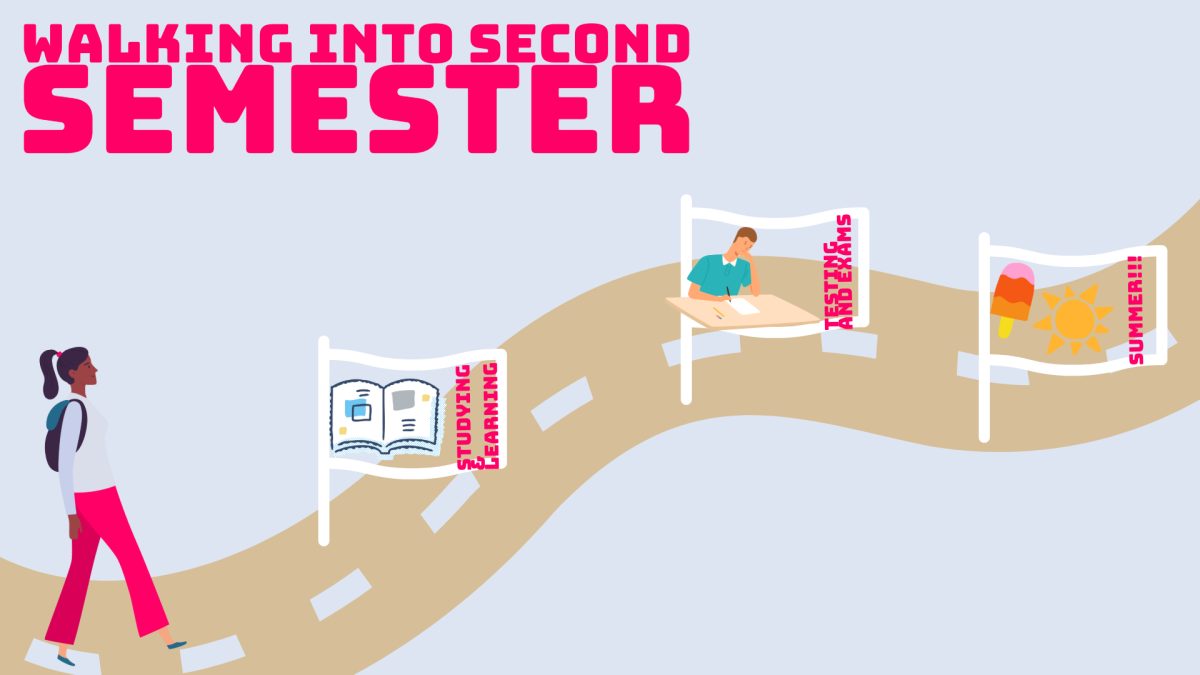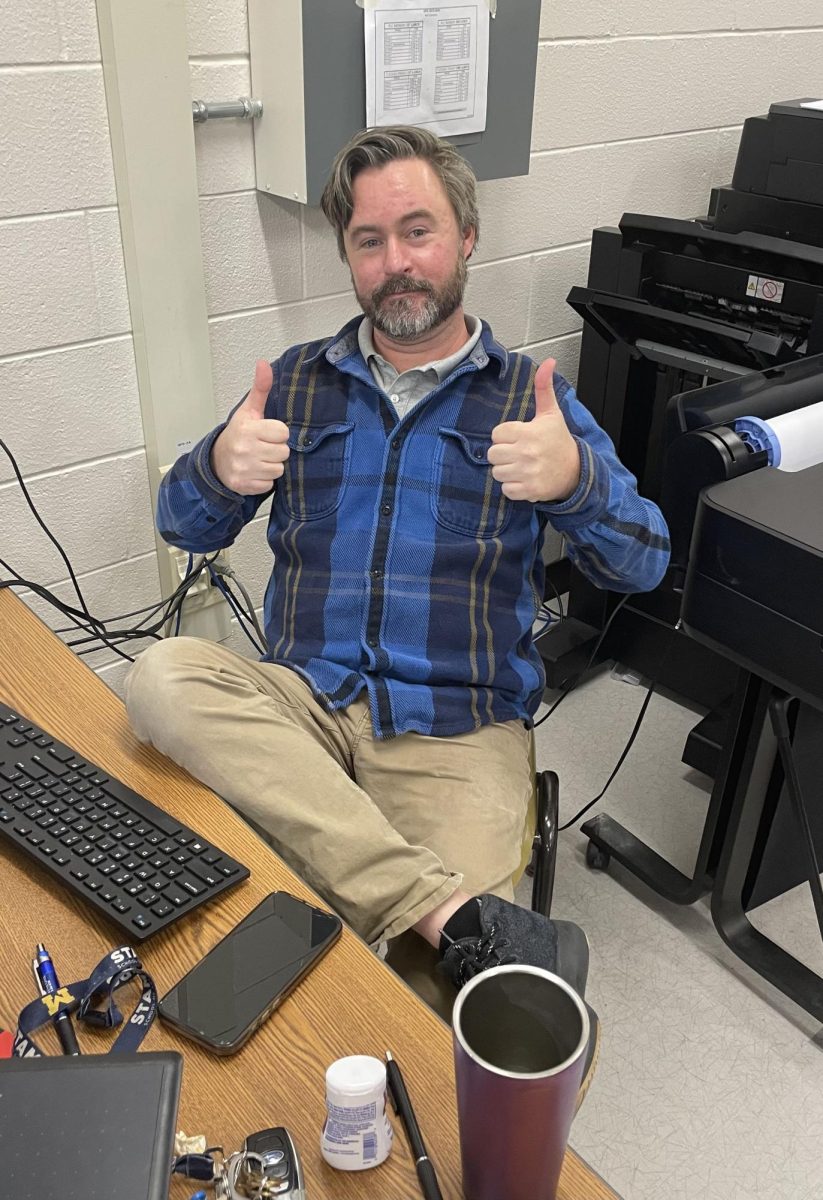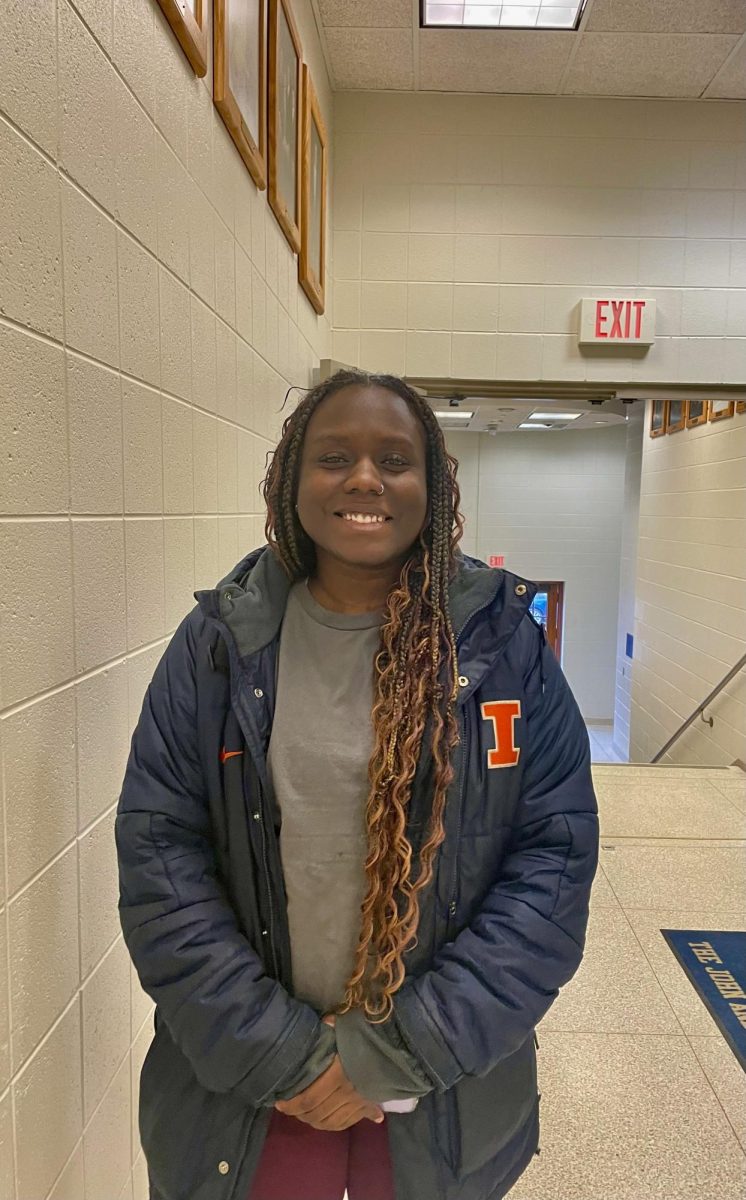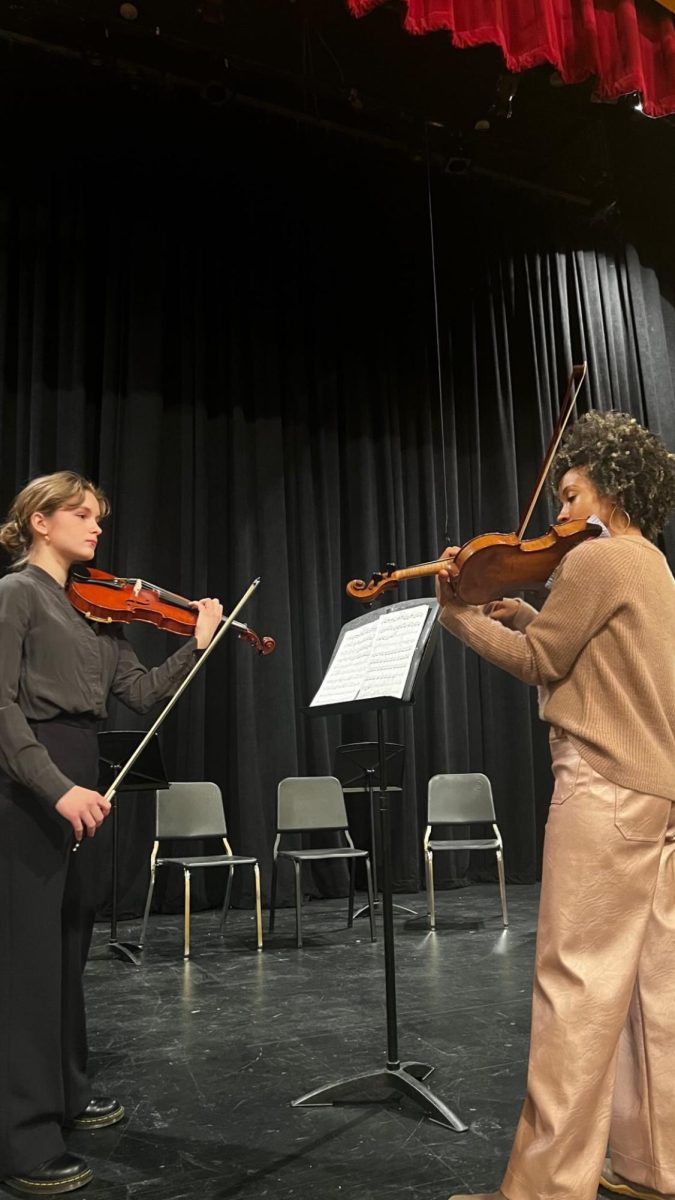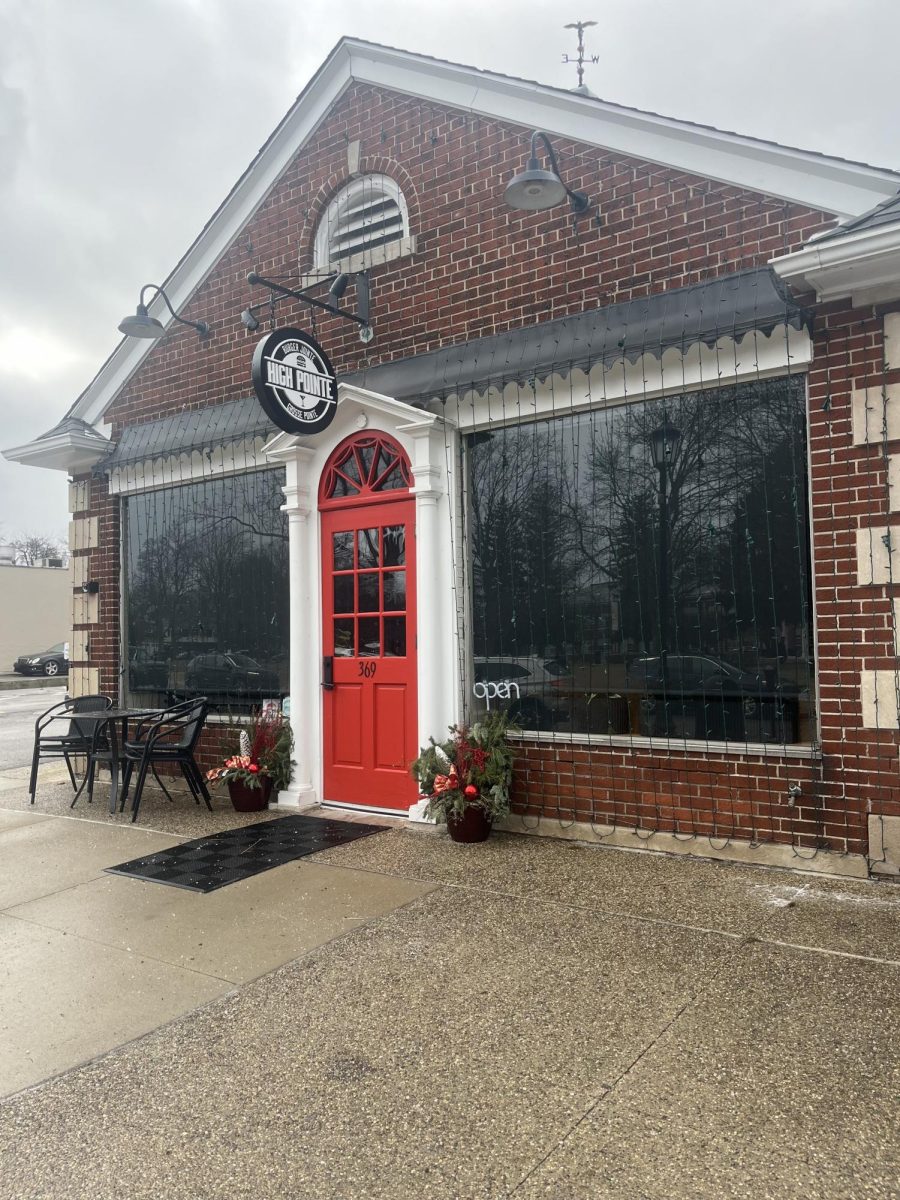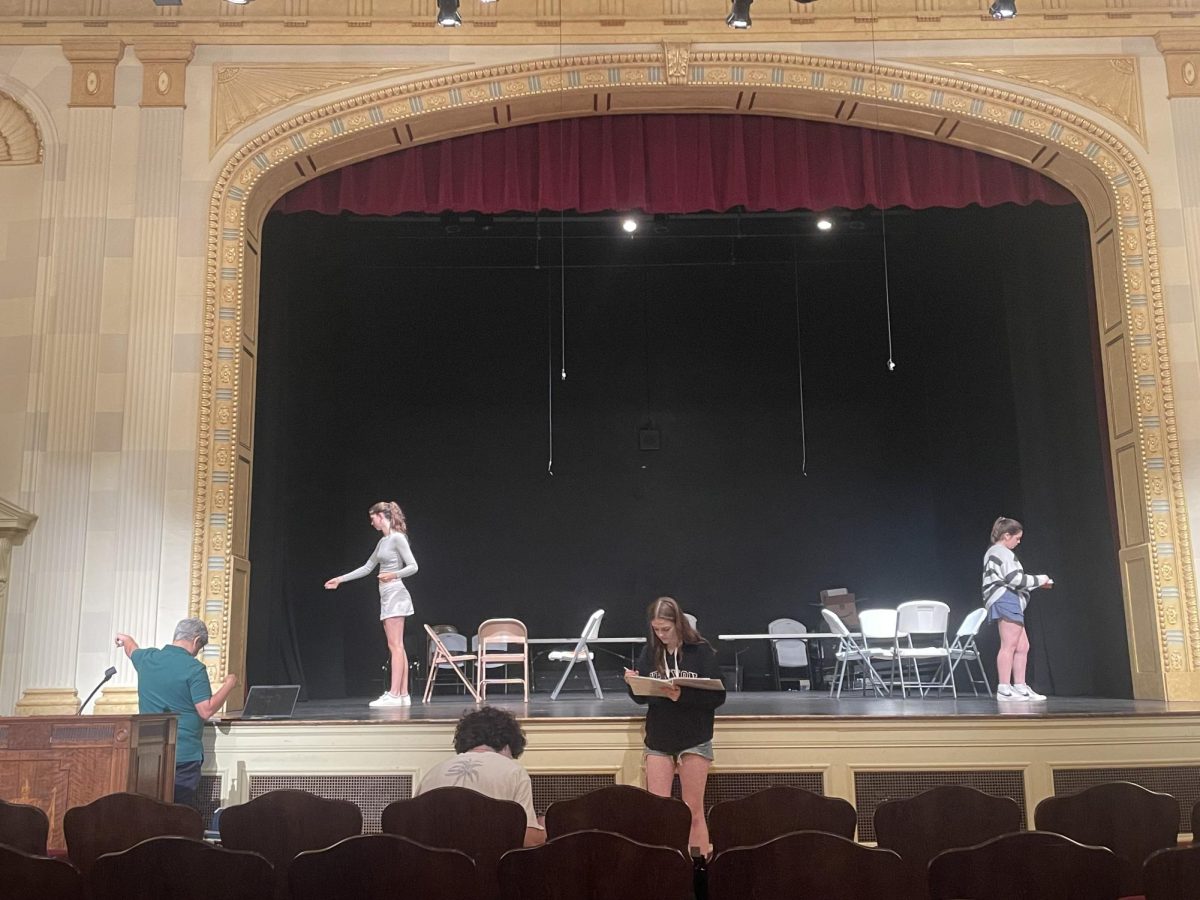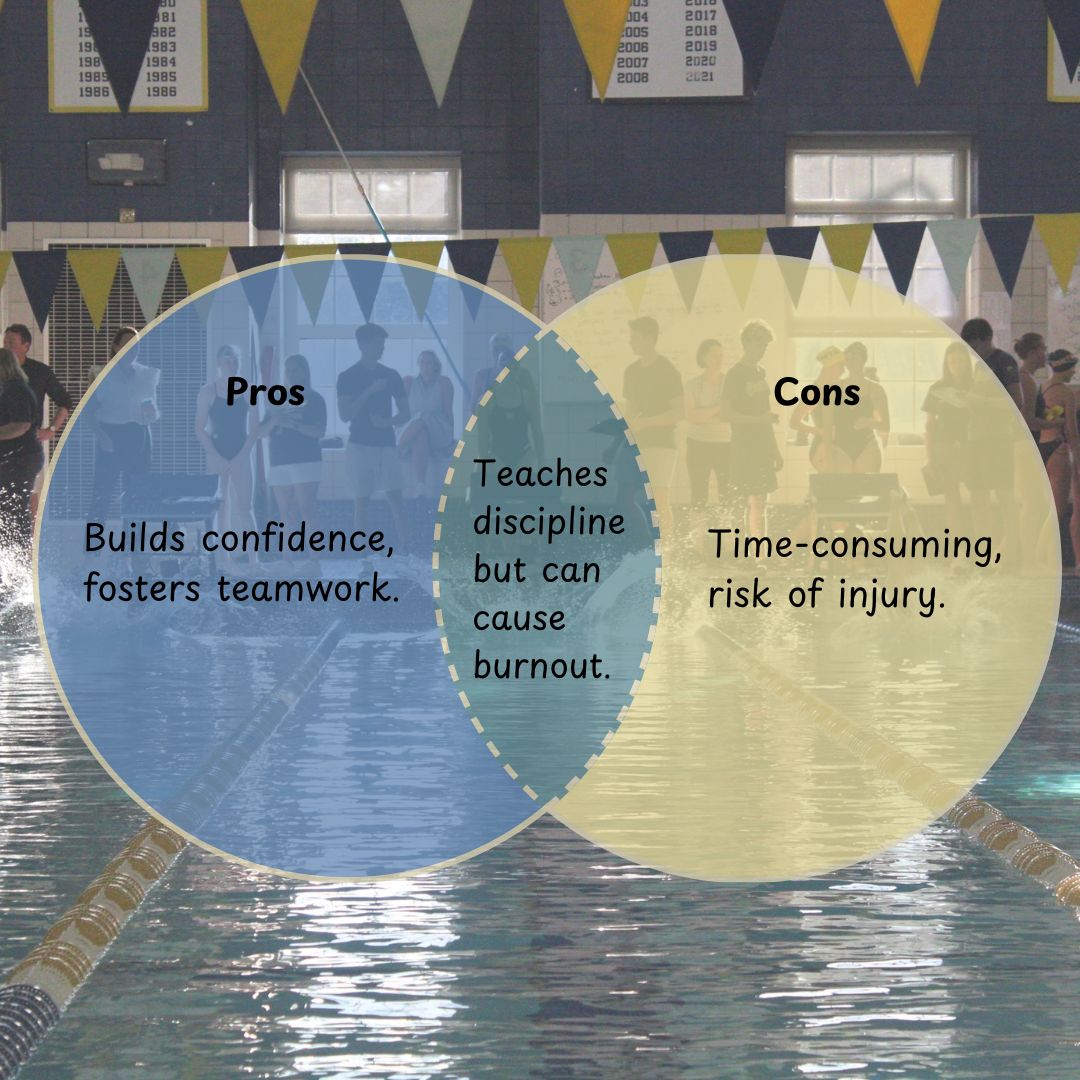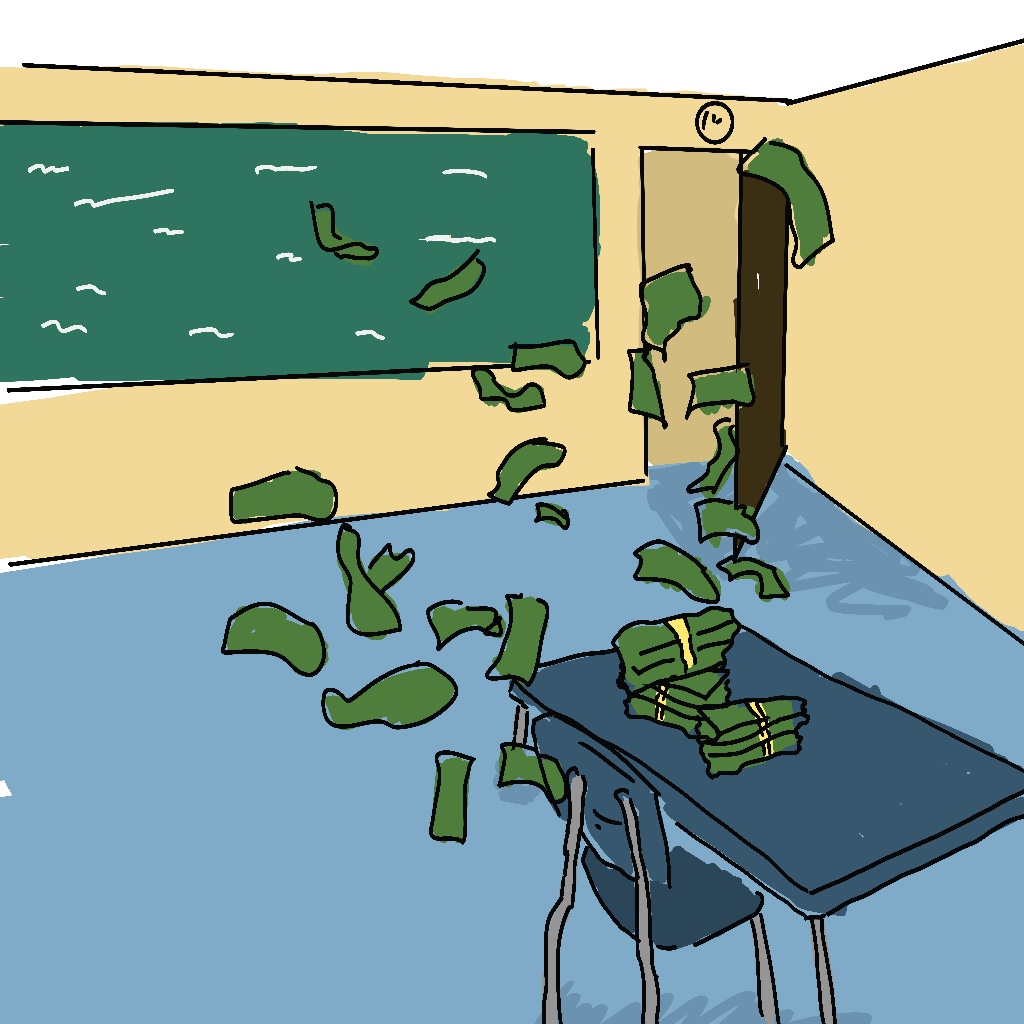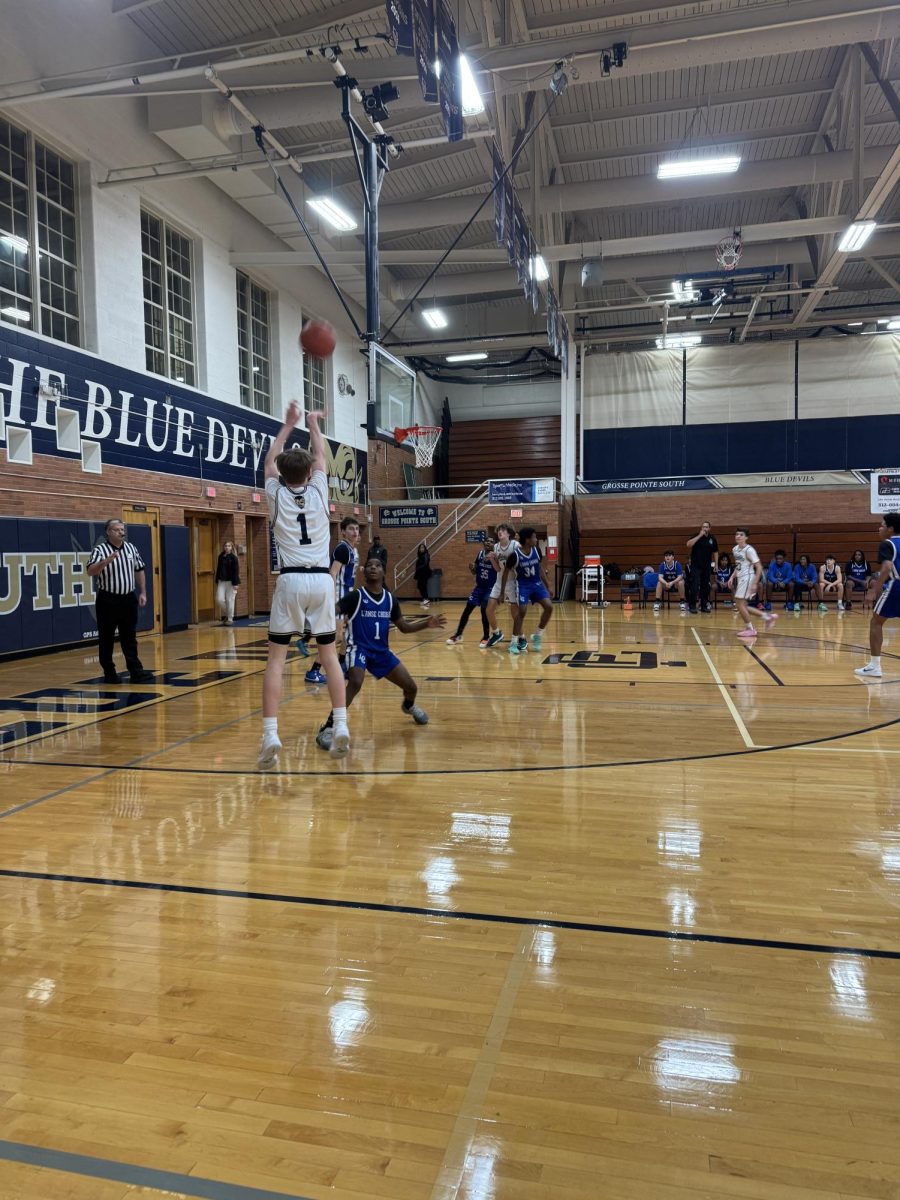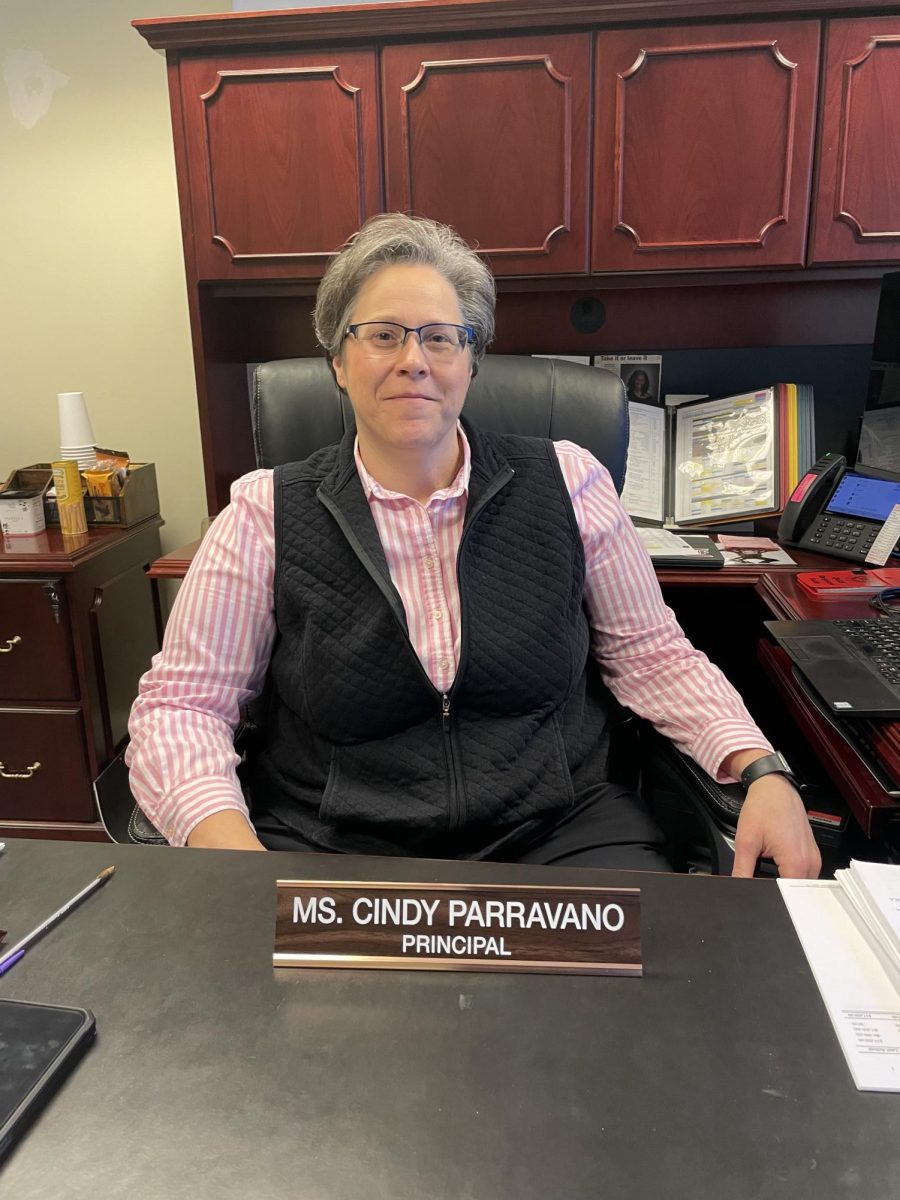Lauren Pankin ’14 | Staff Writer
Don’t be out for the count.
On Wednesday, Feb. 12, the second Student Count Day of the 2013-2014 school year will occur, Principal Dr. Matt Outlaw said. An accurate student headcount not only impacts South’s state funding, but helps determine budgeting schemes for the following year.
“Funding from the state for all public schools is done on a per pupil basis, so whatever the foundation allowance is, it is multiplied by the student count,” said Outlaw.
The foundation allowance is based on Proposal A, which allocates state funding to public schools in Michigan, Deputy Superintendent for Business and Operations Christian Fenton said. Instituted in 1994, Proposal A mandates minimum funding of $7,100 per pupil at every school in the state of Michigan.
“Let’s say you have 1,000 students, and you get $7,100 per student, you do the math and that’s your funding for the year,” said Outlaw.
Due to community millages, Grosse Pointe Public Schools’ per pupil funding amounts to $9,744, Fenton said. State aid is funneled into the district’s general fund, which pays for general operations, teachers’ salaries and benefits, and utilities.
“The state allotment does fluctuate annually,” said Outlaw. “Right now, the governor has just proposed a 3 percent increase in funding for the state, so our funding would be adjusted. There have been years where they increase everyone by a uniform dollar figure, there have been years when they separate the groups and say, ‘everyone above a certain line does not get any money, but schools below it get this many dollars.”
Accurate student count is also critical to the district’s budget, Fenton said. Extrapolated student count values for the following year are based on prior years’ enrollment.
“When you do a budget, you project the enrollment you’re going to have for that school year,” said Outlaw. “If your count falls above the projection, you have funding issues. If you’re below that, you’re able to possibly reinstate teachers and do other things with the extra money.”
Relying on empirical data, Fenton said he follows an extremely meticulous process in determining student count projections.
“We estimate how many kids are going to be in each grade, how many kids are going to be at each school, and based on that we project what our staffing levels are going to be at those various schools,” said Fenton.
Final determination of enrollment numbers occurs in October, after all students are officially enrolled, Fenton said. Then, the district must submit these counts to the state, which takes the enrollment number, multiplies it by the per pupil funding, and distributes the appropriate funding levels.
“In the current 13-14 year, our total enrollment in 8,347,” said Fenton. “Right now, we’re projecting 8,332, so we’d be down about 15 students, for the 14-15 fiscal year.”
Although predicting enrollment in most grades is fairly straightforward, Fenton said four grades are trickier to project: kindergarten, first grade, sixth grade and ninth grade. Since most students transfer from private or parochial schools in these transitional years, the number of incoming students fluctuates and is difficult to estimate.
“Let’s say you had 675 kids in fifth grade,” said Fenton. “Generally speaking, you would get all of those 675 kids, give or take a few, the following year. Plus, you’ll pick up 30 or 40 students that come in from private and parochial (schools).”
Furthermore, housing booms can unexpectedly contribute to discrepancies between projected and actual student enrollment numbers, Outlaw said.
“Our real estate is blowing up on the South end of the town, and people are moving here (to Grosse Pointe) from around the country,” said Outlaw. “So there’s a nice energy right now with people choosing to come to South.”
Other anomalies in student count occur when counts are broken down into general education and special education categories, which are then further broken down into the Full Time Equivalent (FTE), Fenton said.
“For example, at South let’s say you have around 1,650 students,” said Fenton. “You might actually have more bodies than that, say 1,675, because some kids are homeschooled and take classes at South for two hours a day, some kids are in some general classes and also in some special needs classes. So we convert those numbers into FTEs, and that’s how we get our money for exceptions to the general rule.”
Although estimating student count is a complicated and variable issue, Fenton said his projections for the entire district’s enrollment are generally very accurate.
“Mr. Fenton is a bit of a fortune teller; he has to predict what the government will do as well as enrollment,” said Outlaw. “That’s why budgeting is so hard here versus in the business world, where you have a little bit more certainty. Here, we’re guessing on all of these moving parts, and he (Fenton) has to project and keep in constant contact with state legislators so we’re as exact as we can possibly be.”
Furthermore, the state, through the county, performs random audits of school buildings, Fenton said. Auditors enter schools, pull the records, and confirm all of the students reported are really in attendance.
“Once in a while you’ll read in the paper that a school somewhere in the state has been making major errors because the school is overcounting kids or counting kids that moved out,” said Fenton. “We’ve been very fortunate to never have it happen here, because we take counts very seriously and we’re always close in our projected estimates.
Although the Feb. 12th count constitutes 10 percent of the total student count, Outlaw said normal student attendance is imperative. Each present student earns the district money, which in turn benefits the individual student.
“South and its students are just one piece in this giant puzzle,” said Outlaw.

